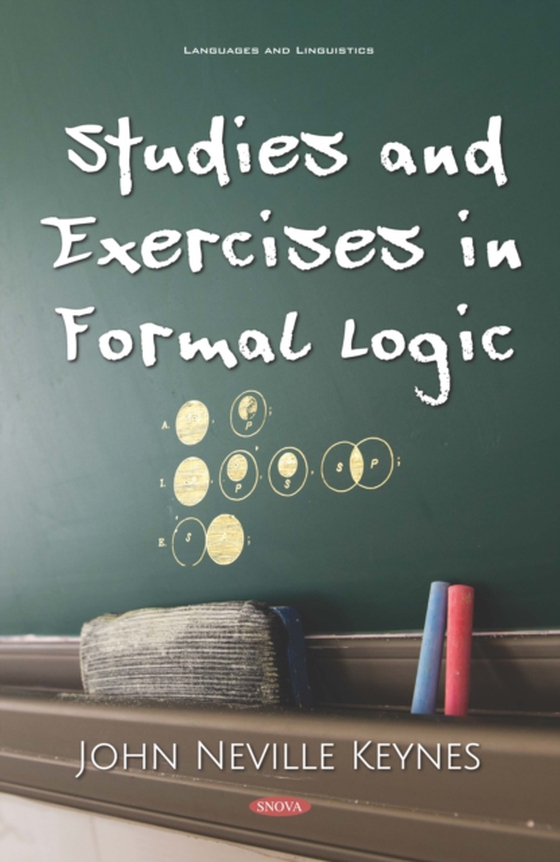
Studies and Exercises in Formal Logic e-bog
2190,77 DKK
(inkl. moms 2738,46 DKK)
In addition to a somewhat detailed exposition of certain portions of what may be called the book-work of formal logic, the following pages contain a number of problems worked out in detail and unsolved problems, by means of which the student may test his command over logical processes. In the expository portions of Parts I, II, and III, dealing respectively with terms, propositions, and syllogi...
E-bog
2190,77 DKK
Forlag
SNOVA
Udgivet
14 august 2019
Længde
416 sider
Genrer
Linguistics
Sprog
English
Format
pdf
Beskyttelse
LCP
ISBN
9781536161960
In addition to a somewhat detailed exposition of certain portions of what may be called the book-work of formal logic, the following pages contain a number of problems worked out in detail and unsolved problems, by means of which the student may test his command over logical processes. In the expository portions of Parts I, II, and III, dealing respectively with terms, propositions, and syllogisms, the traditional lines are in the main followed, though with certain modifications; e.g., in the systematisation of immediate inferences, and in several points of detail in connection with the syllogism. For purposes of illustration Euler's diagrams are employed to a greater extent than is usual in English manuals. In Part IV, which contains a generalisation of logical processes in their application to complex inferences, a somewhat new departure is taken. So far as I am aware this part constitutes the first systematic attempt that has been made to deal with formal reasonings of the most complicated character without the aid of mathematical or other symbols of operation, and without abandoning the ordinary non-equational or predicative form of proposition. This attempt has on the whole met with greater success than I had anticipated; and I believe that the methods formulated will be found to be both as easy and as effective as the symbolical methods of Boole and his followers. The book concludes with a general and sure method of solution of what Professor Jevons called the inverse problem, and which he himself seemed to regard as soluble only by a series of guesses.
 Dansk
Dansk

